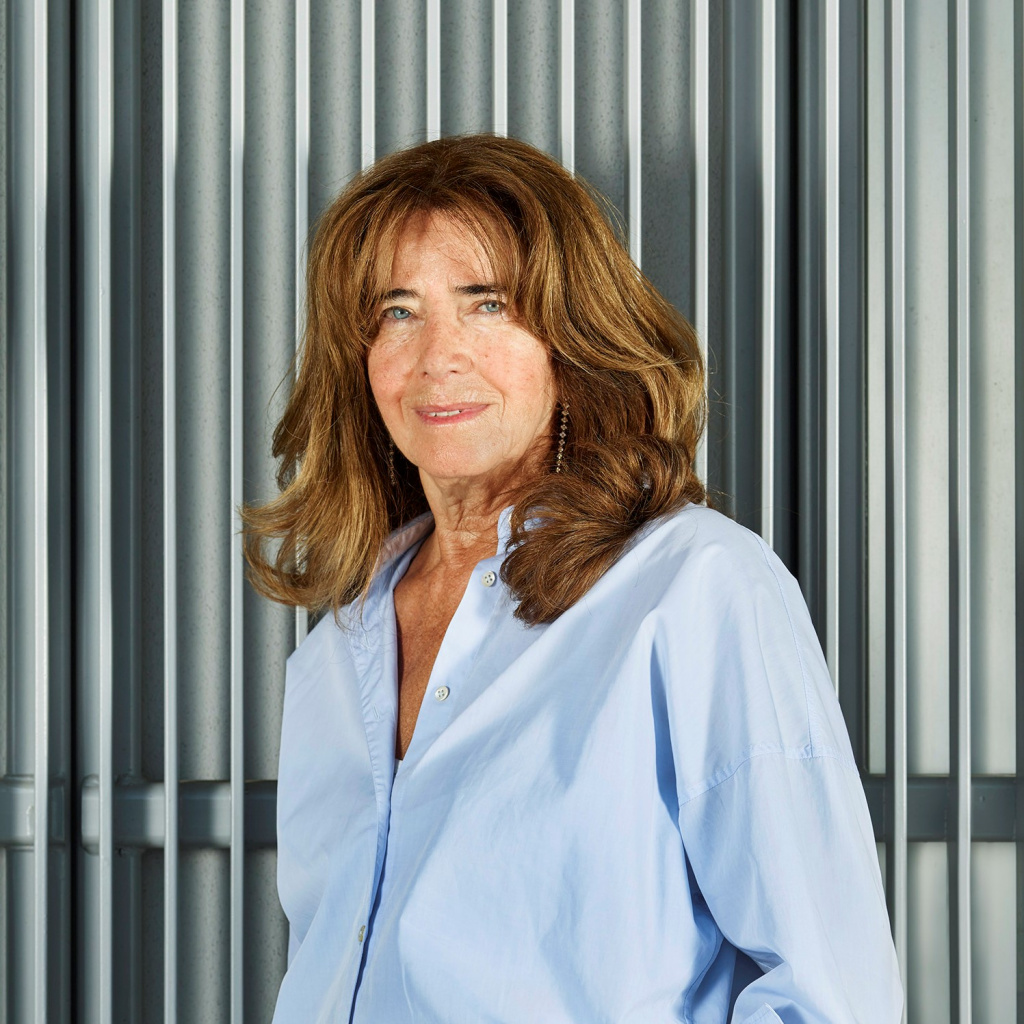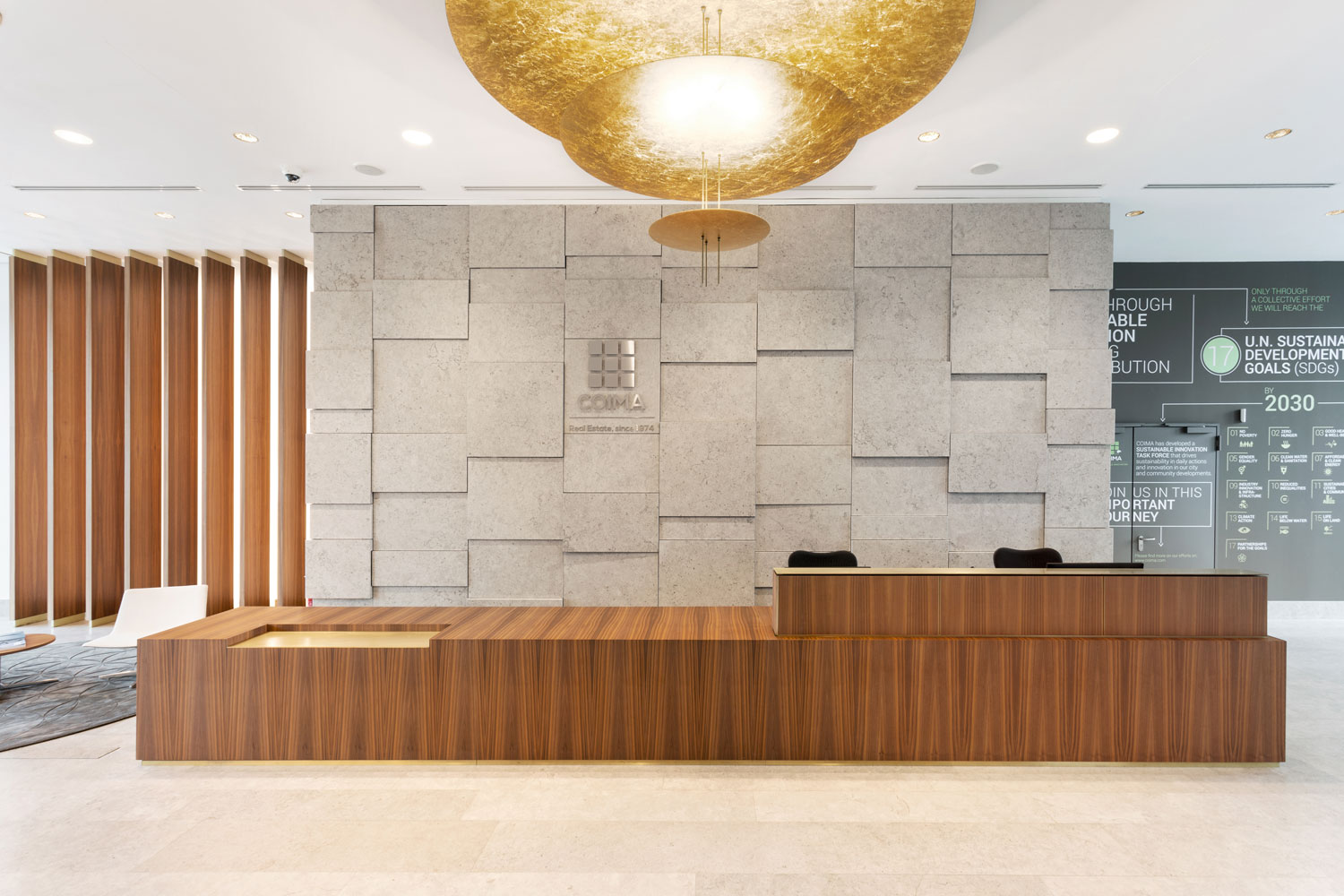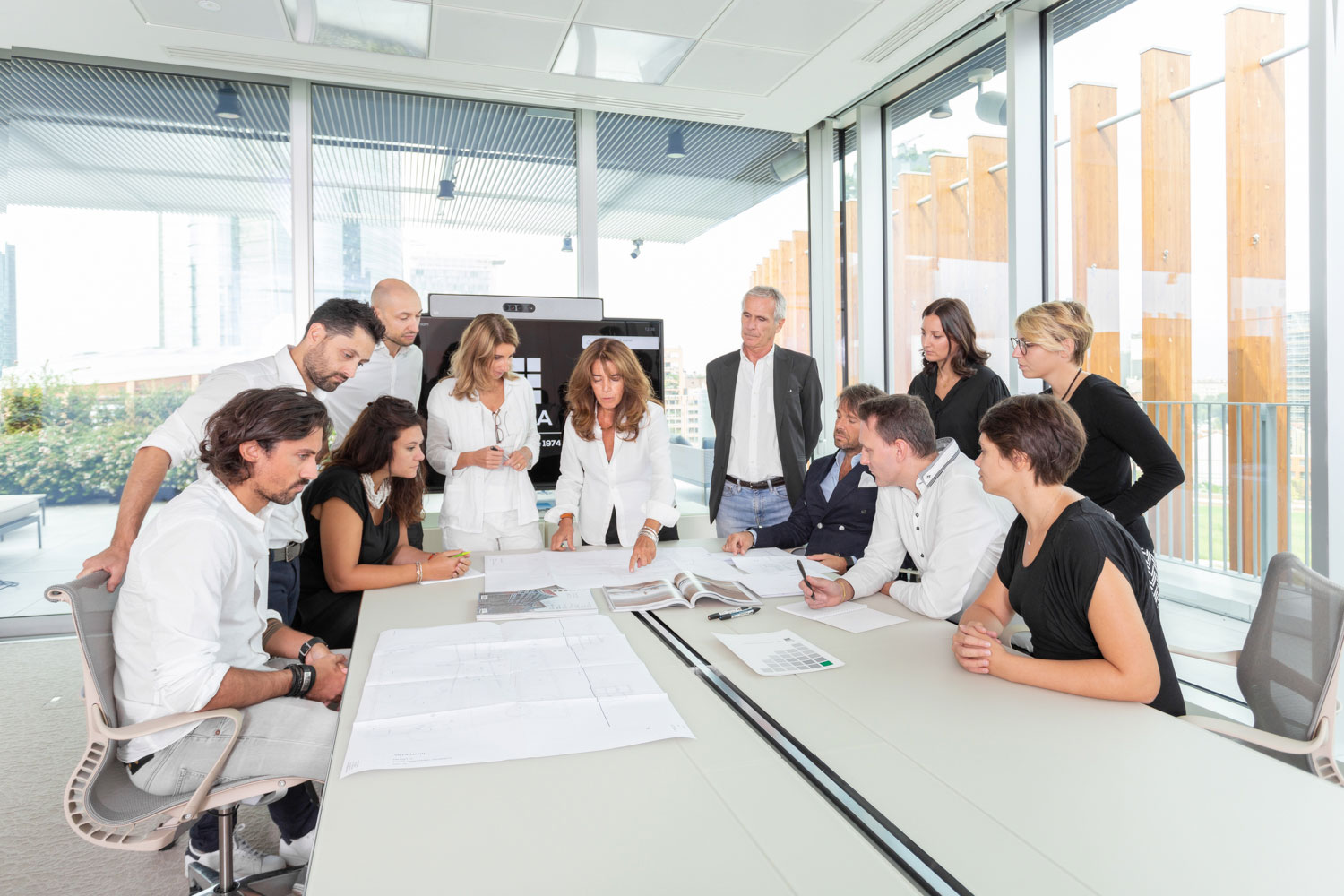Innovation, sustainability, health and well-being: these few meaningful words succeed in representing the philosophy of COIMA Image, an interior design and space planning studio that has been active in Milan for more than 30 years.
The collaboration with COIMA Image and COM-Varese led to the realisation in 2019 of SEC Italia’s Milan headquarters. A forward-looking project, created from the combination of flexible open areas and reduced reserved spaces.

In this new edition of Frezza Partner Insights we interview Alida Forte Catella, founder of COIMA Image and Vice President of the Riccardo Catella Foundation. The Riccardo Catella Foundation develops projects linked to the territory and to all sustainable practices aimed at protecting the environment.
In the following interview we talk about the future of the office and how the drastic changes we experienced because of the pandemic have developed new guidelines that are more sustainable, technological and close to individual needs.
1. People’s wellbeing, together with sustainable and environmental design, encourage companies to invest in various performances that an office must provide. How and why can design be a guideline?
The design of new office spaces has lately been going through an unprecedented crisis. The pandemic has accelerated all ongoing changes: the term “smart working” was on everyone’s lips a few years ago, when searching for a way to give employees the opportunity to work in spaces not designated for office activity. Then covid-19 appeared and smart working, that morphed into forced home working, wasn’t a novelty anymore. The issue has now become the complete opposite and the key question revolves around the office and its survival. What type of office will resist and how? Space planning and interior design become the means to unravel this knot. But how? Only by listening!
Through a bottom-up approach, it’s possible to involve staff in order to understand their needs and gather useful information. This method will give light to a new organisational model and a new office arrangement of spaces that responds to ongoing changes.
COIMA Image, in partnership with communication and organisational psychologists Valentina Annoni & Estella Ricco Partners, has created a new multidisciplinary consultancy project: EDE, which stands for Employee Design Experience. This project’s synergic path is based on the intertwining of three consultancies: Organisational Assessment, Workplace Strategy & Integrated Design and Change Management. The aim is to transform offices into spaces that convey an experience in tune with the company’s values and help individuals to feel like a living part of the company, in a logic of reciprocal and constructive relational exchange.
Designing spaces by analizing the needs of the people who work there translates into the implementation of services and amenities that enrich the workplace and the application of protocols linked to sustainability issues, such as the international LEED and WELL certificates.
2. How can design rethink office spaces and human relationships in the post-Covid-19 era?
The design of working spaces in the post-Covid-19 era changes profoundly. It’s no longer based on efficiency but on experience and aims, through a holistic and qualitative vision, to create attractive and stimulating working environments, which encourage people’s sociability and collaboration.
Remote working won’t remain in a constrictive form but in a constructive form, linking it to necessary activities. Spaces will be characterised by more dynamic layouts with more socialisation-dedicated environments. At the same time, closed non-private small spaces will be implemented to allow remote connections. The corporate headquarters will be enriched with services for people and moments of education, training and collaboration, and will also represent and convey the brand and corporate values to employees and stakeholders.
3. Do we need to revise office furniture design or find a new incipit to respond to current design requirements?
Flexibility is increasingly at the heart of workspace design: furniture, in order to meet with this ongoing evolution, is becoming mobile, modular and adaptable to the needs of a dynamic space.
Furniture must be increasingly multi-purpose in order to function for different work teams in a company, so height-adjustable tables that also transform into blackboards, stackable chairs with wheels, lockers, shared desks and circular economy materials with textures that help sanitisation processes are a must. Furniture design must increasingly comply with international protocols and certify quality and sustainability, as well as favouring the presence of green areas to create environments immersed in nature.
Lastly, the furniture must integrate the technological devices that make it possible to completely digitalise the workplace. By constantly recording and analysing data on workers’ behaviour and habits, it will be possible to take a predictive and dynamic approach to organising space, as well as implementing practices aimed at improving efficiency.
A truly epochal change if we think that the word “paperless” will have to enter into every office user’s behaviour and that hygiene and therefore sanitisation will represent the employees’ top priority, like in healthcare laboratories. All of this brings with it the ability to intercept new changes and consequently offer products that are suitable both for functionality and sustainability reasons.
4. What will be the new urban and housing paradigms for post-pandemic cities?
Cities have a magnetic force that has endured for thousands of years and represent the future. Cities are aggregators of culture and knowledge, and therein lies their strength. Urban space enriches the lives of those who inhabit it, but at the same time it’s important to rediscover a sustainable way of living, both from a human and an environmental point of view.
The experiences of recent years confirm that successful urban redevelopment cannot disregard the creation of added social value for the benefit of the city and its community through the creation of squares, public green spaces, infrastructures and services. A public/private functional mix connected and supported by green policies that encourage interventions on buildings and sustainable mobility is necessary. The theme of cities attracts a transversal interest and seeks out different disciplines, not only town planners and architects but also sociologists, philosophers, poets, musicians and actors. A set of active skills that work together to achieve urban development on a human scale, a space for living but above all for living together as a community. Never before have we understood the need to be together and to unite to find urgent answers to the survival of our planet, and all of this starts in the cities: just think that 3% of the earth’s surface is urbanised and 75% of the world’s population lives in urban centres.
Today the value of the word “Educate” has a different meaning than in the past because it signifies not only teaching social behaviour but also environmental behaviour, which becomes synonymous with survival.


